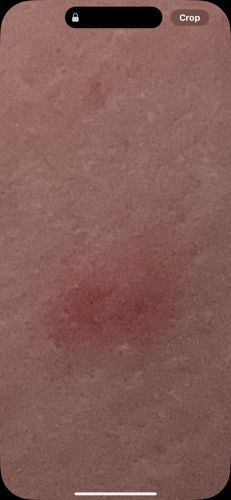Mosquito
Scientific Name: Culicidae
Order & Family: Diptera, Culicidae
Size: 3 mm - 10 mm

Natural Habitat
Globally distributed, often near standing water for breeding (e.g., swamps, marshes, puddles, artificial containers).
Diet & Feeding
Adult female mosquitoes feed on blood (hematophagy) of vertebrates, including humans, for egg development. Both male and female mosquitoes feed on nectar and plant juices for energy.
Behavior Patterns
Mosquitoes are most active during dawn and dusk (crepuscular) but can be active at other times depending on species. Males typically form swarms for mating. Females lay eggs directly on or near water. Larvae and pupae are aquatic.
Risks & Benefits
Potential risks include transmission of numerous diseases (e.g., malaria, dengue fever, Zika virus, West Nile virus, chikungunya, yellow fever) through bites. Skin reactions to bites can range from mild itching to allergic reactions. Benefits include serving as a food source for other animals (e.g., birds, bats, fish) and acting as pollinators for some plants.
Identified on: 9/7/2025